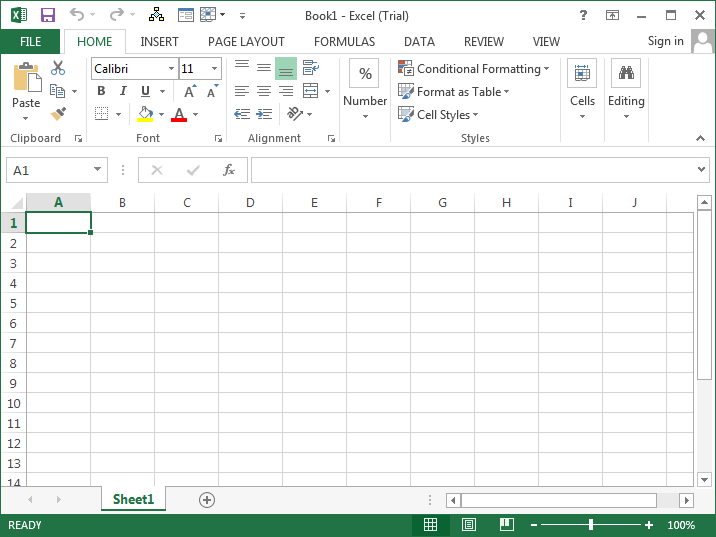
 To switch to the next workbook when more than one workbook is open, press CTRL + F6. Press CTRL and page up or page down to go from sheet to sheet. Moving through sheets on the same Excel document To move to the next cell in the row, press the TAB key. To enter the contents in the cell and move to the next cell in the column, press ENTER. Once in the cell, type text or a number. When you select an empty cell, you hear, for example, “Blank, G4.”. As you move to cells in the workbook, JAWS announces the column and row of each cell as well as its contents. To select an empty cell where you want to start entering your data, press the arrow keys. On a new sheet, cell A1 is the default selection. Rows have numbers, so the first row is one, the second row is two and so on.Ī cell that intersects a row and a column means it will include a letter and a number, so A1 will be the cell that intersects the first column and first row. To enter data into a blank Excel worksheet, you need to familiarise yourself with the grid it uses.Ĭolumns have alphabetical names, so for instance the first column is A, the second column is B and so on. This will open a blank Excel working book. Hit ENTER once JAWS has identified the application. Use the windows key to enable the search bar and type EXCEL. Listen to the Using Microsoft Excel with JAWS audio guide (MP3) It is one of the most flexible programs on the Microsoft Office Suite. People use excel to keep track of expenses, calculate their payroll, document staff shifts, calculate mortgage repayments or transform results into pie graphs or bar graphs. Knowing a few formulas within excel means you can get live results as you enter in new information. Each intersection of a column and a row is a square called a “cell”.
To switch to the next workbook when more than one workbook is open, press CTRL + F6. Press CTRL and page up or page down to go from sheet to sheet. Moving through sheets on the same Excel document To move to the next cell in the row, press the TAB key. To enter the contents in the cell and move to the next cell in the column, press ENTER. Once in the cell, type text or a number. When you select an empty cell, you hear, for example, “Blank, G4.”. As you move to cells in the workbook, JAWS announces the column and row of each cell as well as its contents. To select an empty cell where you want to start entering your data, press the arrow keys. On a new sheet, cell A1 is the default selection. Rows have numbers, so the first row is one, the second row is two and so on.Ī cell that intersects a row and a column means it will include a letter and a number, so A1 will be the cell that intersects the first column and first row. To enter data into a blank Excel worksheet, you need to familiarise yourself with the grid it uses.Ĭolumns have alphabetical names, so for instance the first column is A, the second column is B and so on. This will open a blank Excel working book. Hit ENTER once JAWS has identified the application. Use the windows key to enable the search bar and type EXCEL. Listen to the Using Microsoft Excel with JAWS audio guide (MP3) It is one of the most flexible programs on the Microsoft Office Suite. People use excel to keep track of expenses, calculate their payroll, document staff shifts, calculate mortgage repayments or transform results into pie graphs or bar graphs. Knowing a few formulas within excel means you can get live results as you enter in new information. Each intersection of a column and a row is a square called a “cell”. 
Opening an Excel document will give you lots of blank columns and rows you can fill. It is a spreadsheet program used frequently in the business world to display data, do calculations and make graphs and charts. Most computer users will be familiar with Microsoft Excel.






 0 kommentar(er)
0 kommentar(er)
